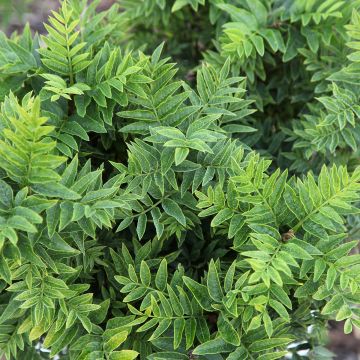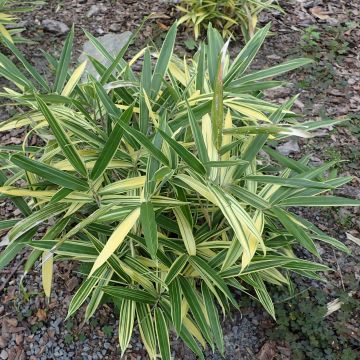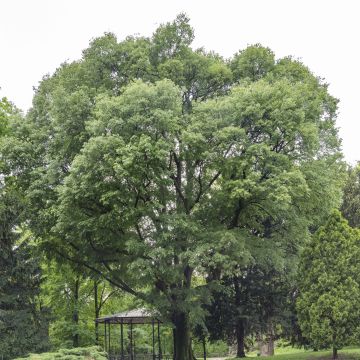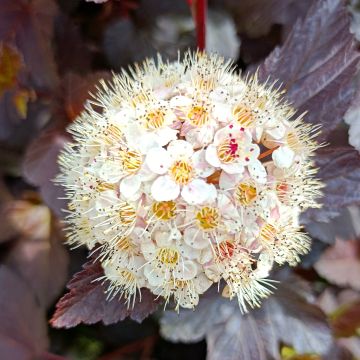Shipping country and language
Your country of residence may be:
Your country of residence is:
For a better user experience on our website, you can select:
Your shipping country:
-
Andorra
-
Austria
-
Belgium
-
Bulgaria
-
Canada
-
Chile
-
Croatia
-
Cyprus
-
Czechia
-
Denmark
-
Estonia
-
Finland
-
France
-
Germany
-
Greece
-
Hungary
-
Iceland
-
Ireland
-
Italy
-
Latvia
-
Lithuania
-
Luxembourg
-
Malta
-
Monaco
-
Netherlands
-
Poland
-
Portugal
-
Romania
-
Slovakia
-
Slovenia
-
Spain
-
Sweden
-
Switzerland
-
United Kingdom
We only deliver seed and bulb products to your country. If you add other products to your basket, they cannot be shipped.
Language:
-
French
-
German
-
Spanish
-
English
-
Italian
My Account
Hello
My wish lists
Log in / Register
Existing customer?
New customer?
Create an account to track your orders, access our customer service and, if you wish, make the most of our upcoming offers.


Fraxinus angustifolia - Ash
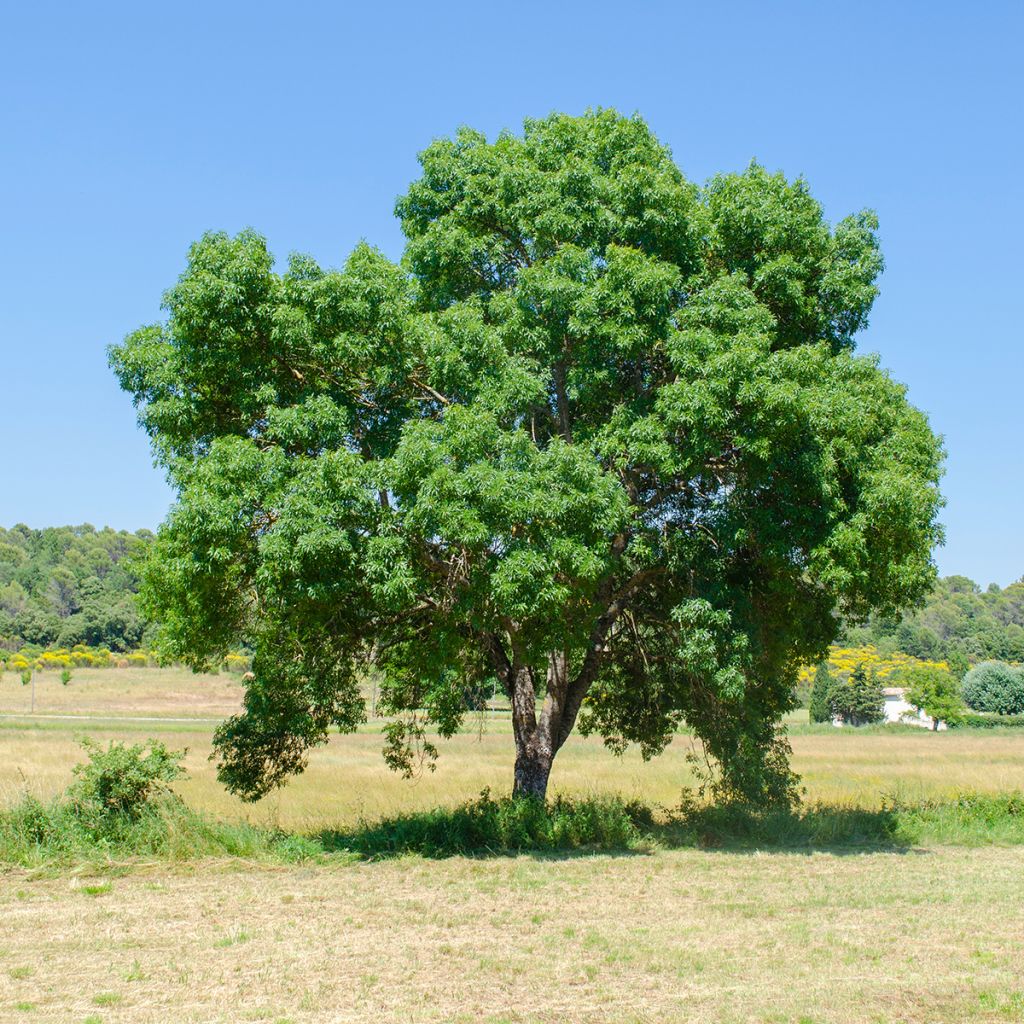

Fraxinus angustifolia - Ash
Fraxinus angustifolia - Ash
Fraxinus angustifolia
Narrow-leaved Ash
Order in the next for dispatch today!
Dispatch by letter from €3.90.
Delivery charge from €5.90 Oversize package delivery charge from €6.90.
More information
This item is not available in your country.
Schedule delivery date,
and select date in basket
This plant carries a 24 months recovery warranty
More information
We guarantee the quality of our plants for a full growing cycle, and will replace at our expense any plant that fails to recover under normal climatic and planting conditions.
Oversize package: home delivery by special carrier from €6.90 per order..
Express home delivery from €8.90.
Does this plant fit my garden?
Set up your Plantfit profile →
Description
Fraxinus angustifolia, also known as Narrow-leaved Ash, is a tree of beautiful stature, with a conical to rounded habit and relatively fast growth. It is primarily decorative due to its foliage as its flowers are quite discreet. Its leaves are composed of very narrow light green leaflets which turn purple in the autumn. Easy to cultivate, it grows on most soils except acidic or rocky ones. This tree grows well in clay as well as loam, in fertile or poor, moist to dry soils.
Ash trees belong to the Oleaceae family, just like olive trees, lilacs and jasmines. There are about sixty-five species that mainly live in forests of temperate climates in the northern hemisphere. They are mainly fast-growing trees and not very susceptible to diseases or insect attacks. Fraxinus angustifolia (syn. F. oxycarpa) is a botanical species mainly found in Southern Europe, North Africa, Central Europe and the Middle East, through several subspecies.
It forms a beautiful tree that quickly reaches significant proportions, about 15 to 20 m (49 ft 2 in to 65 ft 7 in) in height with a spread of 7 to 8 m, with a conical to rounded or spreading habit. The trunk can reach a diameter greater than 1 m (3 ft 4 in) and the grey bark is very fissured. Its finely branched crown is composed of thin and glabrous branches, bearing leaves grouped in whorls or clusters of 3 or 4. These leaves, measuring 15 to 25 cm (5.9 to 9.8 in) in length, are odd-pinnate, composed of 7 to 13 sessile, narrow and lanceolate leaflets, each 4 to 8 cm (1.6 to 3.1 in) long. The finely toothed lamina is light to medium green. The delicacy of the foliage gives this tree its aesthetic appeal, further enhanced by beautiful autumnal colours, ranging from purple to wine red.
The flowers appear in April, before the foliage, in clusters on the previous year's branches. Few in number and greenish in colour, they are quite insignificant. They then give rise to fruits that are narrow samaras, measuring about 4 to 6 cm (1.6 to 2.4 in) in length and 2 cm (0.8 in) in width.
This species is quite universal with a very wide natural distribution range, which can be explained by its high adaptability to natural conditions. Thus, it grows in neutral to calcareous soils, whether dry, moist or even wet including clay, sand or loam. It only dislikes acid or rocky soils that are insufficiently deep. This species has a long lifespan (up to 200 years).
The Narrow-leaved Ash is a beautiful wild species with genuine ornamental qualities, and easy to grow. Its elegant foliage and beautiful autumn colours make it an interesting tree for specimen planting, in rows or integrated as a background in flowerbeds and borders. It is particularly suitable for alkaline and somewhat dry soils, where it can be associated with other calcicolous species, such as Cercis siliquastrum (Judas Tree), with its superb pink flowers appearing before the leaves. Crataegus laevigata Paul's Scarlet, a hawthorn with abundant dark pink flowers, will take over from the Judas Tree, offering beautiful red autumn colours and equally decorative red fruits. In slightly moister soils, the field maple (Acer campestre) will also be a suitable companion for a natural effect, magnificent in the autumn.
Report an error about the product description
Plant habit
Flowering
Foliage
Safety measures
Botanical data
Fraxinus
angustifolia
Oleaceae
Narrow-leaved Ash
Southern Europe
atteinterespiratoire
Cette plante peut entraîner des symptômes allergiques.
Evitez de la planter si vous ou vos proches souffrez de rhinite saisonnière ("rhume des foins").
Davantage d'informations sur https://plantes-risque.info
Other Fraxinus - Ash tree
Planting and care
Fraxinus angustifolius grows in most soils, except those that are too acidic and/or not deep enough. It prefers chalk soils but is very adaptable to growing on clay, loam, sandy soil and even quite poor soil. In warm regions, plant this tree in autumn, so that it can benefit from the rain, or plant at the beginning of spring. Choose a location where the soil is deep, and keep in mind that this plant will eventually require a lot of space. If necessary, create a drainage pit with stones if your soil is excessively heavy. Maintain regular watering during the summer following planting, and be sure to protect it from excessively long droughts. Mulching at the base can help you maintain moisture and reduce watering. Prune to improve the shape of the tree every 3 years or so by thinning the centre of the canopy.
Planting period
Intended location
Care
This item has not been reviewed yet - be the first to leave a review about it.
Striking foliage shrubs
Haven't found what you were looking for?
Hardiness is the lowest winter temperature a plant can endure without suffering serious damage or even dying. However, hardiness is affected by location (a sheltered area, such as a patio), protection (winter cover) and soil type (hardiness is improved by well-drained soil).

Photo Sharing Terms & Conditions
In order to encourage gardeners to interact and share their experiences, Promesse de fleurs offers various media enabling content to be uploaded onto its Site - in particular via the ‘Photo sharing’ module.
The User agrees to refrain from:
- Posting any content that is illegal, prejudicial, insulting, racist, inciteful to hatred, revisionist, contrary to public decency, that infringes on privacy or on the privacy rights of third parties, in particular the publicity rights of persons and goods, intellectual property rights, or the right to privacy.
- Submitting content on behalf of a third party;
- Impersonate the identity of a third party and/or publish any personal information about a third party;
In general, the User undertakes to refrain from any unethical behaviour.
All Content (in particular text, comments, files, images, photos, videos, creative works, etc.), which may be subject to property or intellectual property rights, image or other private rights, shall remain the property of the User, subject to the limited rights granted by the terms of the licence granted by Promesse de fleurs as stated below. Users are at liberty to publish or not to publish such Content on the Site, notably via the ‘Photo Sharing’ facility, and accept that this Content shall be made public and freely accessible, notably on the Internet.
Users further acknowledge, undertake to have ,and guarantee that they hold all necessary rights and permissions to publish such material on the Site, in particular with regard to the legislation in force pertaining to any privacy, property, intellectual property, image, or contractual rights, or rights of any other nature. By publishing such Content on the Site, Users acknowledge accepting full liability as publishers of the Content within the meaning of the law, and grant Promesse de fleurs, free of charge, an inclusive, worldwide licence for the said Content for the entire duration of its publication, including all reproduction, representation, up/downloading, displaying, performing, transmission, and storage rights.
Users also grant permission for their name to be linked to the Content and accept that this link may not always be made available.
By engaging in posting material, Users consent to their Content becoming automatically accessible on the Internet, in particular on other sites and/or blogs and/or web pages of the Promesse de fleurs site, including in particular social pages and the Promesse de fleurs catalogue.
Users may secure the removal of entrusted content free of charge by issuing a simple request via our contact form.
The flowering period indicated on our website applies to countries and regions located in USDA zone 8 (France, the United Kingdom, Ireland, the Netherlands, etc.)
It will vary according to where you live:
- In zones 9 to 10 (Italy, Spain, Greece, etc.), flowering will occur about 2 to 4 weeks earlier.
- In zones 6 to 7 (Germany, Poland, Slovenia, and lower mountainous regions), flowering will be delayed by 2 to 3 weeks.
- In zone 5 (Central Europe, Scandinavia), blooming will be delayed by 3 to 5 weeks.
In temperate climates, pruning of spring-flowering shrubs (forsythia, spireas, etc.) should be done just after flowering.
Pruning of summer-flowering shrubs (Indian Lilac, Perovskia, etc.) can be done in winter or spring.
In cold regions as well as with frost-sensitive plants, avoid pruning too early when severe frosts may still occur.
The planting period indicated on our website applies to countries and regions located in USDA zone 8 (France, United Kingdom, Ireland, Netherlands).
It will vary according to where you live:
- In Mediterranean zones (Marseille, Madrid, Milan, etc.), autumn and winter are the best planting periods.
- In continental zones (Strasbourg, Munich, Vienna, etc.), delay planting by 2 to 3 weeks in spring and bring it forward by 2 to 4 weeks in autumn.
- In mountainous regions (the Alps, Pyrenees, Carpathians, etc.), it is best to plant in late spring (May-June) or late summer (August-September).
The harvesting period indicated on our website applies to countries and regions in USDA zone 8 (France, England, Ireland, the Netherlands).
In colder areas (Scandinavia, Poland, Austria...) fruit and vegetable harvests are likely to be delayed by 3-4 weeks.
In warmer areas (Italy, Spain, Greece, etc.), harvesting will probably take place earlier, depending on weather conditions.
The sowing periods indicated on our website apply to countries and regions within USDA Zone 8 (France, UK, Ireland, Netherlands).
In colder areas (Scandinavia, Poland, Austria...), delay any outdoor sowing by 3-4 weeks, or sow under glass.
In warmer climes (Italy, Spain, Greece, etc.), bring outdoor sowing forward by a few weeks.





